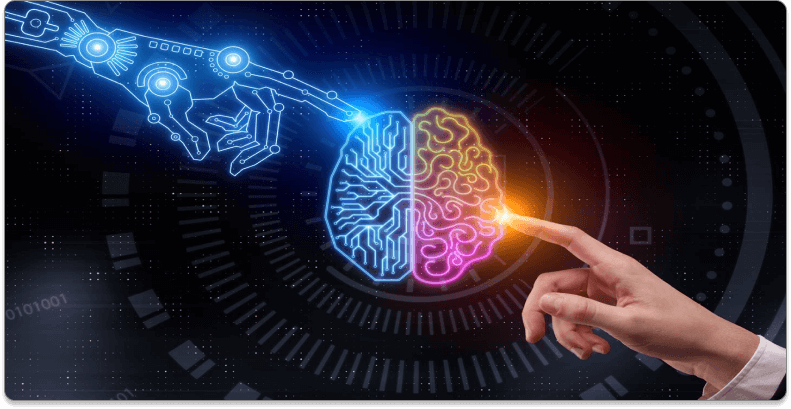We, tech lovers, simply can’t avoid it. We enjoy making short and long-term predictions that -let’s face it- tend to not become real. In a way, that’s a lucky thing, since it reminds us that despite all of our technical and scientific capacities, things are still rather unpredictable -and therefore, exciting- in this corner of the universe. Nevertheless, today we’d like to indulge ourselves and dive into the deep waters of tech prophecies for 2022.
VR/AR
Though of course, they aren’t new, VR and AR experienced quite a boost last year, especially since Mark Zuckerberg stirred up the hornet’s nest by changing Facebook’s name to Meta and announcing that they would focus on developing the “Metaverse.” To shake up things even more, Meta released smart glasses in collaboration with Ray-Ban. Apple and Microsoft, eager not to get caught behind, have also declared their virtual reality goals. The effects of all this on the labor market and our everyday life is yet unclear. For the moment, it seems that their immediate aim is to improve the experience of virtual meetings for those working from home. Though it is not certain that workers will thank them for this, since what they actually dream of is not better, but fewer meetings.

Cybersecurity
With ransomware becoming more and more sophisticated every year and supply chain issues becoming commonplace, it looks like cybersecurity is finally receiving the attention it deserves. There is yet another cause for this. Surely you’ve heard the concept “hybrid war” lately, haven’t you? With the drums of war rumbling in Europe for the first time in decades, concerns about cyberattacks aimed at jeopardizing not only national governments, but companies, media, and supply chains too, are on the rise. Time will tell if all this has long-term effects on the cybersecurity industry, but right now salaries and hiring are growing quite fast.
AI
As AI becomes more and more intertwined with our everyday lives, Terminator or Matrix-type apocalyptic prophecies seem to have become obsolete. Rather, we have come to the realization that the future will see increasing collaboration between human minds and bodies and intelligent machines. AI-assisted coding is likely to continue to improve, and will not necessarily replace developers but rather free them time to identify problems and add more value. Language models that use deep learning to produce human-like text, such as GPT-3, are also likely to keep improving as protocols to get them to reach the desired output become more refined.
Biology
Covid-19 vaccines have shown us the fusion of AI and genetics that sounded like science fiction until not very long ago, has now become a reality that positively impacts our everyday life. AI has been key in the genetic sequencing procedures that made it possible for labs to develop mRNA vaccines for Covid in record time. This may be just the beginning of a new era of vaccines, in which long-delayed vaccine solutions for viral diseases like AIDS may finally become true.

NFTs
2021 may well be called “the year of NFTs.” Still, NFTs are a rare bird in the tech environment, with most people not really knowing what to make of them. While some seem certain that they will achieve mainstream adoption during 2022, changing the way we experience culture as a whole, others are not so sure that the hype is really justified. Things are still foggy on this matter, but NFTs are certainly a trend that is worth paying attention to, especially as more people start taking advantage of the fact that they are programmable.
As we said, most of these predictions are not likely to become real, at least in the short term. But one thing’s for sure. The world keeps turning faster and faster every year, and 2022 will not be the exception. The wise thing to do is keep track of the new trends if we too don’t want to get caught behind.
If you want to learn more about future trends and disruptive technologies, keep reading our blog!











